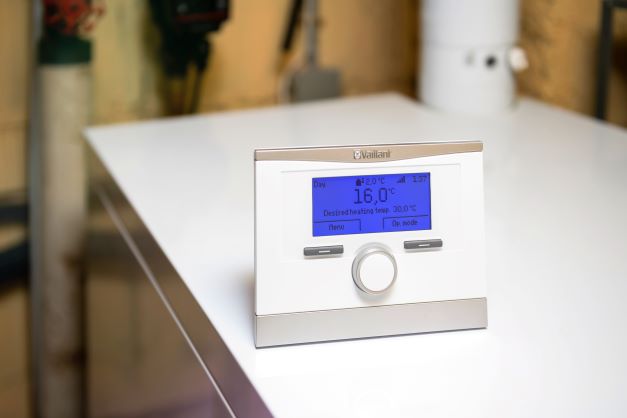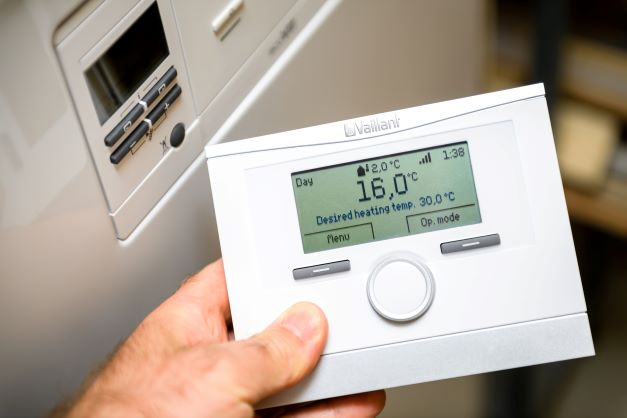With the fast-fluctuating economic climate, saving money has never been more essential than it is today. The rising cost of living, interest rate
With the fast-fluctuating economic climate, saving money has never been more essential than it is today.
The rising cost of living, interest rate spikes, and soaring mortgage prices have meant that every penny, proverbial or otherwise, needs to be accounted for carefully.
This means that even everyday modern conveniences such as electricity and gas have suddenly morphed into expensive luxuries that many can’t afford.
So What Is The Boiler Challenge?
Initiatives like the boiler challenge launched by the Nesta innovation foundation have become very popular amongst those looking to reduce their outgoings.
The charity’s aim is to help over a million homes reduce their energy consumption and thus save money on their energy bills.
How Does It Work?
With winter approaching, the sudden decrease in temperature has many of us reaching for the thermostat control to keep our homes cozy.
While this is a perfectly normal response to the seemingly arctic chill outdoors, it could prove pretty costly in the long run if your boiler temperature is set too high. Of course, this may cause you to worry each time you turn the heating on or go for a delicious hot shower.
However, according to Nesta, most modern UK homes have combi boilers installed, and by simply reducing the temperature setting, households could start saving money as soon as today!
In fact, lowering the temperature setting to 60C on a combi boiler could reduce energy bills by nearly 10%.

Illustrative Example
A medium-sized home (2-3 bedrooms) using an average of 12,000 kWh of gas annually could reduce its usage by approximately 1000 kWh saving nearly £100 per year.
But, of course, the exact savings will depend on actual energy prices at the time and the amount of energy the household uses.
Does Reducing The Boiler Temperature Reduce Bills?
The answer to this question is most definitely yes! Here’s how it works. Heat is naturally lost when the hot water circulates from the boiler to the radiators.
By reducing the boiler temperature to 60C, less heat is lost. This means that your boiler won’t need to draw a significant amount of energy to reheat the water, thus reducing your energy bills and saving money.
Benefits Of Lowering Your Boiler Flow Temperature
Lowering your boiler temperature has some amazing and immediate positive effects; these include:
- Reduces gas usage
- Improves boiler efficiency
- Lowers energy bills
- Reduces carbon emissions
What Is Flow Temperature?
The flow temperature is the temperature of the hot water when it leaves the boiler and flows to the radiators.
This temperature is higher than that set on the thermostat because to heat your home to your desired warmth; the water must be hot enough to heat the air around the thermostat until it reaches the selected temperature.
Most regular boilers are usually set to 75-80C but condensing combi boilers can easily heat your home with a flow temperature of 50-70C.
Lowering the flow temperature ensures your boiler uses less gas and functions efficiently while simultaneously saving you money and keeping your home adequately warm.
What Is The Energy Price Guarantee?
Because of the dramatic increase in energy prices, the government has implemented a scheme that caps the amount the average home in the UK will pay for energy to a maximum of £2500 per year.
This scheme will run for six months and will end in April 2023. However, this isn’t a fixed amount, and households could pay more according to their energy consumption.
Therefore, keeping an eye on your energy usage this winter is still a good idea.
Sign Up To The Boiler Challenge And Turn Down The Heat
Over 60 000 people have joined the Nesta boiler challenge campaign, and you can sign up too.
Simply click on this link and turn your combi boiler down today. Once you have accessed the platform, it will take you through a series of basic questions relating to your boiler.
However, we recommend, before starting the process, that you have a look at your boiler to assess the following:
- What type of boiler do you have? (Gas/liquid petroleum/biomass)
- Does your boiler have a hot water tank?
Unfortunately, the Nesta guide for adjusting your boiler flow temperature does not cover households with regular or system boilers or those with hot water storage tanks.
This is because heat-only or regular system boilers don’t allow different temperature settings for radiator flow and hot water temperatures.
It’s recommended that temperature flow settings for these types of boilers are adjusted under the guidance of a professional boiler engineer, as some modification may be required.
In addition, boilers with hot water storage tanks need to be kept at a minimum of 70C to ensure the standing water does not develop Legionella bacteria which causes Legionnaires disease.
Reducing Your Boilers Flow Temperature Helps The Environment
Various studies have shown that reducing a boiler’s flow temperature can reduce bills and lower a household’s carbon emissions by a significant 6 to 8%.
This is quite a chunky reduction considering that 15% of the UK’s carbon emissions are generated from burning fossil fuels for central heating in homes.
Adverse Affects Of Reducing Flow Temperature
As with most things, there is a flip side to reducing your boiler’s temperature, and therefore it may be prudent to consider the other side of the proverbial coin before turning your boiler temperature down.
Below are several adverse factors to consider, these include:
- Your home’s radiators won’t be as hot, and it will take longer to heat your home.
- Poorly insulated homes may cause the boiler to use more gas to generate the heat needed.
- Old or small radiators may struggle to function efficiently with low-flow temperatures.
In these situations, reducing the flow temperature of your boiler may have a counterproductive effect on your energy bills.
Conclusion
Considering the many benefits of lowering your boiler temperature, it makes sense to haul out your boiler manual and join the boiler challenge today!
Not only will this simple step ensure your boiler operates at 95% operational efficiency, but it also means you will reduce your carbon footprint and save money. It’s the ultimate win-win situation!



















































































































COMMENTS